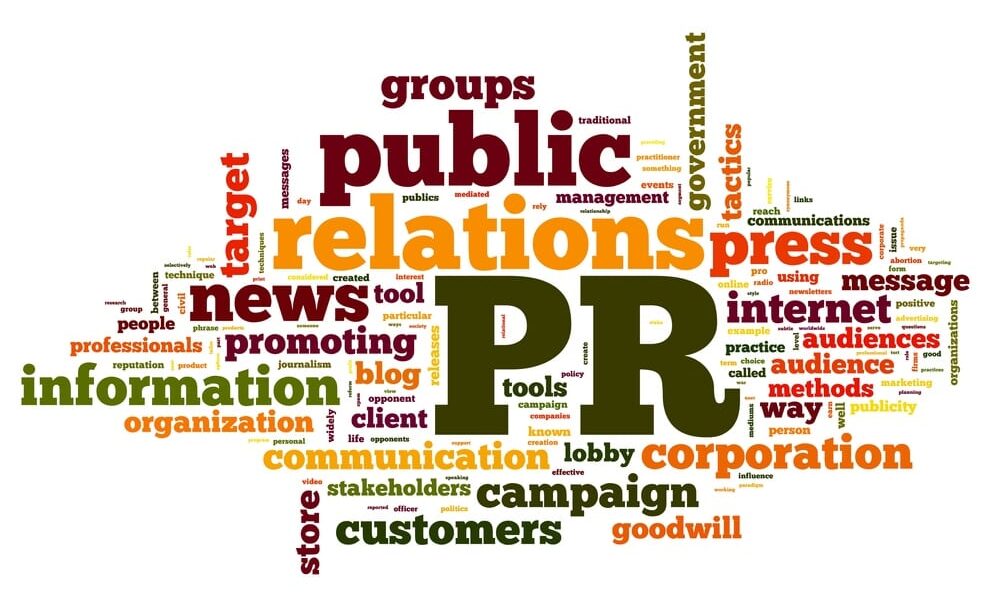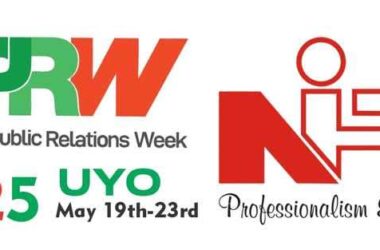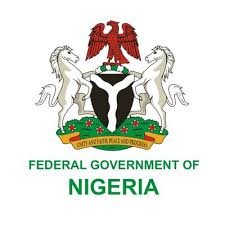For many B2B brands, advertising is a luxury in the current economic climate. Budgets are tight, and few can afford to make big outlays on campaigns in the coming months.
Yet businesses still need to increase their brand awareness to sustain sales and growth, and it would be a mistake to go dark in the way some companies did during the Covid-19 pandemic. Indeed, research from the B2B Institute suggests that a lack of awareness is the biggest barrier to B2B brands acquiring new customers.
It is therefore crucial that, when advertising budgets are squeezed, other channels can clearly demonstrate their effectiveness and return on investment.
Which channels will be most valuable to any given brand in 2024 will depend on the audience that brand wants to reach. What is important is that B2B brands remain visible, are perceived in the right way by their target audience, and know the impact their activity is having.
Marketers are therefore placing more focus on measurement in channels where they have not been so rigorous in the past – public relations being a key example.
The perception of PR as a discipline is certainly changing. It is now viewed as much more than a media relations exercise and increasingly sits at the heart of a B2B brand’s integrated communications strategy. The PR team’s role is to ensure that a consistent narrative is being told across all channels and that audience-centric messaging resonates, engages and influences.
PR is arguably the one marketing discipline that enables B2B brands to take charge of pulling the levers that can make their brand stand out.
It is crucial that, when advertising budgets are squeezed, other channels can clearly demonstrate their effectiveness.
In difficult times, it is essential marketers insist on more accountability from their PR agencies. There needs to be agreement and collaboration from the outset on scope of work, KPIs and the commitments an agency will make given the brand’s investment. Agreeing fixed fees for fixed deliverables offers more demonstrable returns than the traditional retainer model, alongside performance targets and a formal service level agreement.
Using the right metrics is also important. Brands should be able to see how the campaign activity reached the desired target audience (audience visibility), the response and reactions of the target audience to the activity (audience engagement) and the effect of the campaign on the company’s goals and objectives (audience impact).
The best results will be delivered by an integrated approach, so communications should never be siloed, separate from other disciplines.
There needs to be investment across earned media to influence journalists, analysts and bloggers so that your narrative reaches your target market. When the story is told through the eyes of credible journalists on behalf of the brand, it not only elevates brand awareness but also conveys the brand’s point of view and its purpose.
Social sharing then prompts the audience to engage with the narrative. Add in paid and owned media to amplify the narrative, and the challenge of building brand awareness without advertising does not seem quite so daunting.
PR experts ensure that B2B brands do not forget the human element. Your customers may be operating in a business environment but they are still people buying from people, and the audience needs to care about what you are saying – especially in a downturn.
B2B brands can learn from how B2C brands managed to bond with their customers during the pandemic. In tough trading conditions, there is a need to demonstrate empathy with an audience, but this must be done in an authentic and meaningful way that builds credibility and trust.
It may feel counterintuitive, but this means companies must move away from the hard-sell approach and ensure their narrative articulates a brand purpose and explains how they help existing and potential customers. This is about reassurance and providing value across all touchpoints, including messaging, content, customer experience and support.









